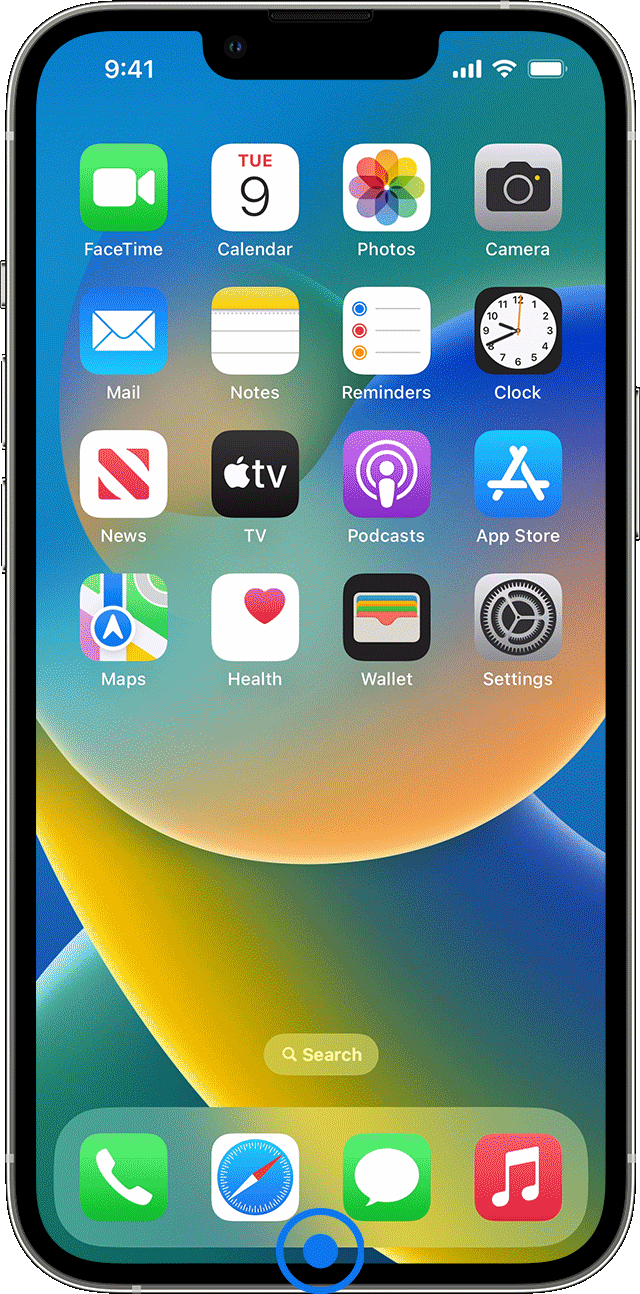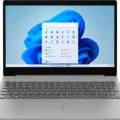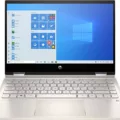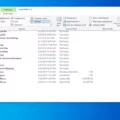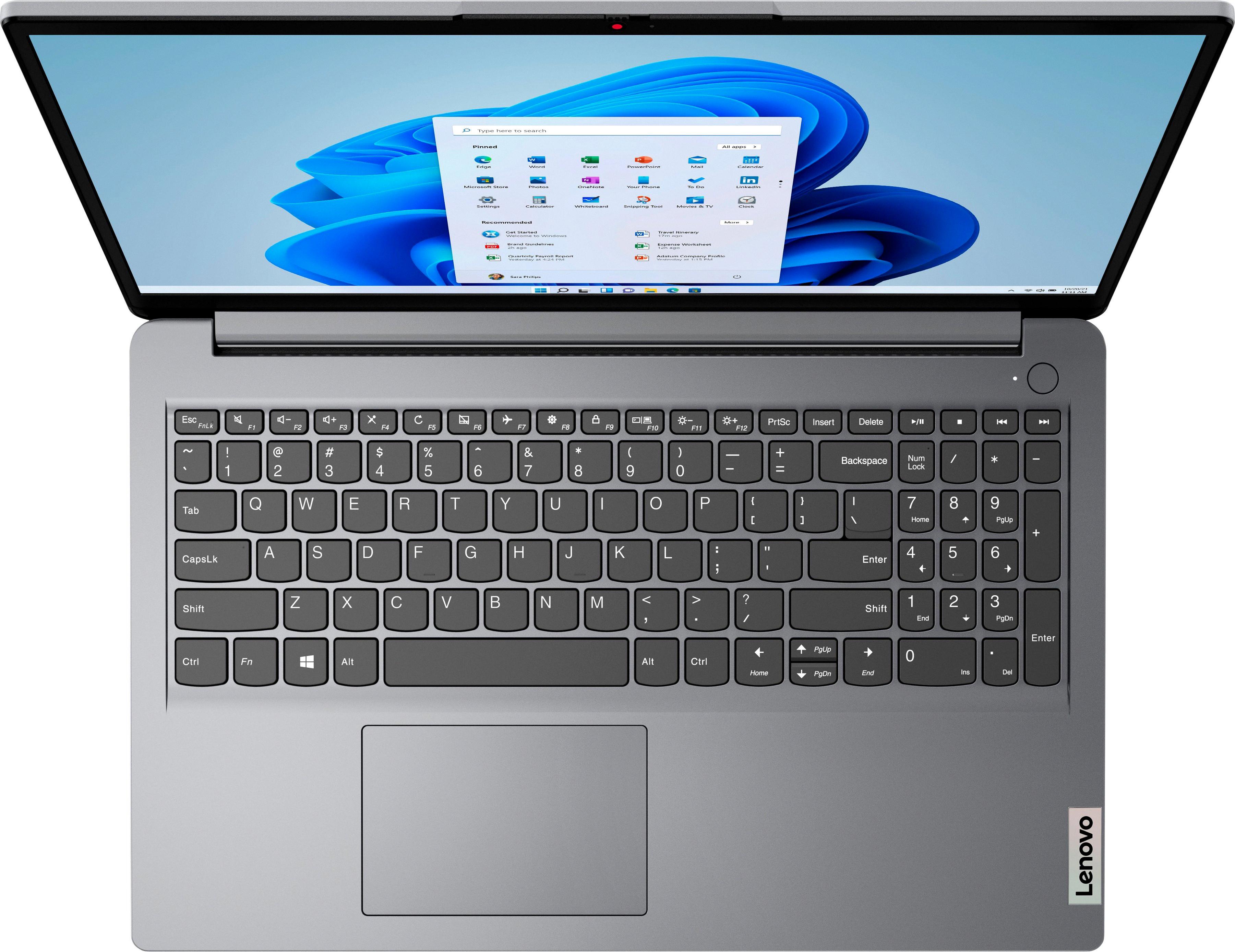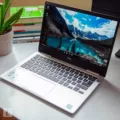A laptop touchpad is a convenient and essential component that helps you navigate your computer without the need for a separate mouse. However, sometimes the touchpad might stop working, leaving you wondering what to do next. In this article, we will discuss some of the reasons why your laptop touchpad might not be working and how to fix it.
Reasons Why Your Laptop Touchpad Might Not Be Working
Driver Issues: One of the most common reasons why your touchpad might not be working is due to driver issues. The touchpad driver is the software that allows your computer to communicate with the touchpad hardware. If the driver is outdated, missing, or corrupted, your touchpad may not work correctly.
Hardware Issues: Another reason why your touchpad might not be working is due to hardware issues. Hardware issues can occur due to wear and tear, accidental damage, or manufacturing defects. If your touchpad is physically damaged or malfunctioning, you may need to replace it.
Software Issues: Sometimes, software issues can cause your touchpad to stop working. This can happen due to conflicts with other software or updates that haven’t been installed correctly. In some cases, a simple restart or update of your operating system can fix the problem.
How to Fix Your Laptop Touchpad
Update Your Drivers: Updating your touchpad drivers is often the easiest and most effective way to fix touchpad issues. You can do this by going to your computer manufacturer’s website and downloading the latest touchpad driver for your specific model. Once downloaded, install the driver and restart your computer.
Check Your Hardware: If your touchpad is physically damaged or malfunctioning, you may need to replace it. Before doing so, make sure to check your laptop’s warranty, as it may cover the cost of repairs or replacement.
Check Your Settings: Sometimes, touchpad issues can be caused by incorrect settings. To fix this, go to your computer’s settings and check the touchpad settings. Make sure that the touchpad is enabled and that the settings are configured correctly.
A malfunctioning touchpad can be frustrating, but it’s often fixable. By following the steps mentioned above, you can troubleshoot and fix most touchpad issues. Remember to always check your hardware, update your drivers, and check your settings to ensure that your touchpad is working correctly.

Enabling the Touchpad on a Laptop
To turn your touchpad back on, you can follow these steps:
1. Press and hold the Windows ( ) key on your keyboard, and then press the q key.
2. In the Search box that appears, type “Touchpad”.
3. Touch or click on the “Mouse & touchpad settings” option that appears in the search results.
4. Look for a “Touchpad On/Off” toggle within the settings.
5. If the toggle is present, simply touch or click on it to turn your touchpad back on.
In case you cannot find the “Touchpad On/Off” toggle, it is possible that your touchpad has been disabled from within the Device Manager or BIOS settings. In such cases, you may need to check the relevant settings to re-enable the touchpad.
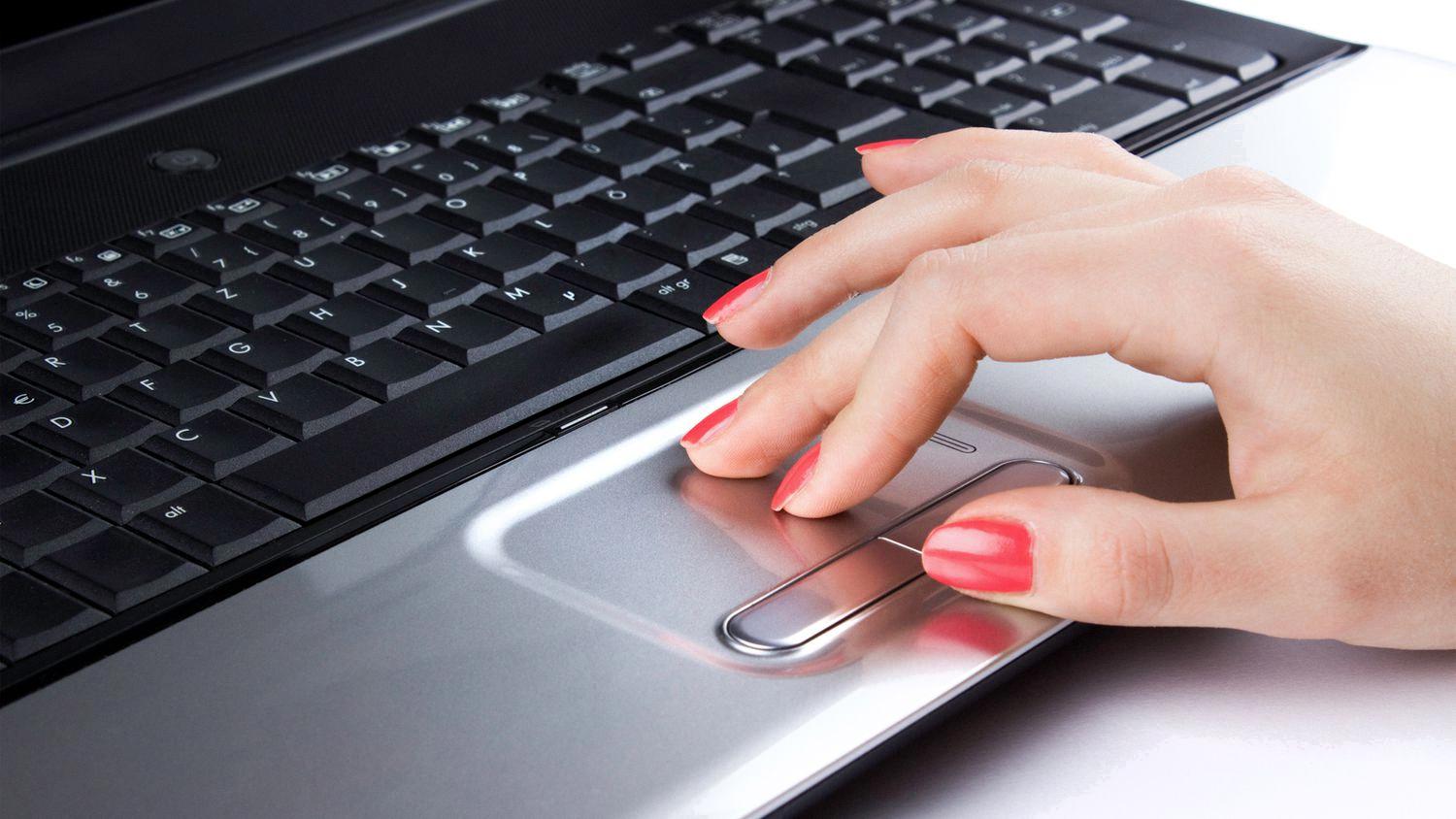
Unfreezing the Touchpad on a Laptop
To unfreeze the touchpad on your laptop, you can try pressing the touchpad icon key, which is often denoted by F5, F7, or F9. If this doesn’t work, you can press this key along with the “Fn” (function) key located at the bottom of your laptop, between the “Ctrl” and “Alt” keys. Another option is to try restarting your laptop or updating the touchpad driver. You can also check if the touchpad is disabled in the device manager and enable it if necessary. If none of these solutions work, you may need to contact the manufacturer or a professional technician for further assistance.
Conclusion
A malfunctioning laptop touchpad can be a frustrating issue for any user. However, there are several possible solutions that can be attempted. Firstly, it is important to check whether the touchpad is enabled in the settings. This can be done by accessing the Mouse & touchpad settings and checking for a Touchpad On/Off toggle. If this option is not available, then the touchpad may have a physical toggle button or function key (often F5, F7 or F9), which can be pressed to enable or disable the touchpad. If all else fails, pressing the function key in unison with the “Fn” key at the bottom of the laptop may also work. By trying these different solutions, users can hopefully resolve any issues with their laptop touchpad and continue to use their devices with ease.


